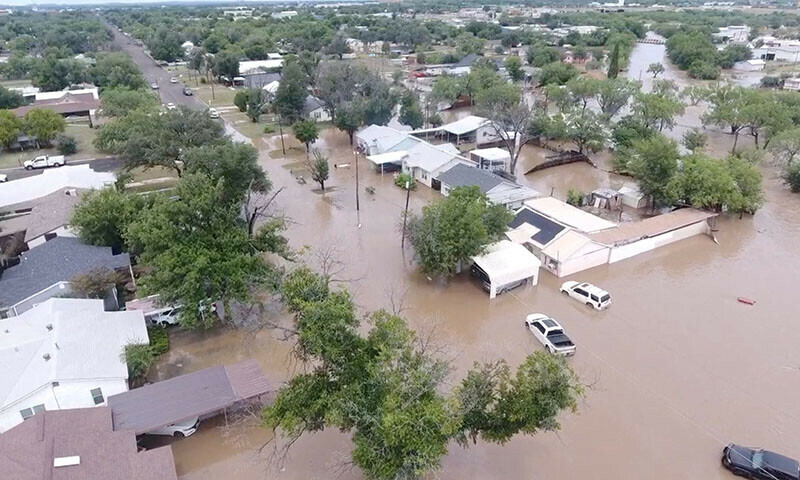More than 160 people remain missing after catastrophic floods tore through central Texas, Governor Greg Abbott announced Tuesday, as the death toll climbed to 109. The hardest-hit area, Kerr County—part of a region prone to flash floods—accounted for at least 94 fatalities, including 27 girls and counselors from a summer camp overwhelmed by the raging Guadalupe River. Rescue teams, battling treacherous conditions, continued searching for survivors, though hopes dimmed four days after the disaster struck. Abbott warned the number of missing could rise further as reports from families and neighbors trickle in.
The floods, which struck in the early hours of July 4, swept away entire cabins at the youth camp while families slept, leaving six campers and counselors still unaccounted for. Statewide, at least 15 additional deaths have been confirmed, with recovery teams combing through debris-choked waterways and mudslides. Helicopters, drones, and search dogs have been deployed, but officials described the operation as slow and perilous due to unstable debris piles and lingering floodwaters. “It’s extremely treacherous, time-consuming work,” said Texas Game Warden Ben Baker.
Meanwhile, neighboring New Mexico also faced emergency conditions as the National Weather Service issued a flash flood alert for Ruidoso, where the Rio Ruidoso reportedly surged over 20 feet, trapping residents and damaging homes. In Texas’ devastated town of Hunt, recovery workers and grieving families sifted through wreckage—among them Javier Torres, 24, who found his grandfather’s remains but continued searching for his grandmother. Officials warned that forecasted heavy rain could further hinder efforts, though Baker vowed, “It won’t deter us.” President Donald Trump and First Lady Melania Trump are scheduled to visit the disaster zone Friday.
Questions have emerged over whether federal budget cuts weakened flood warning systems and delayed emergency response. Climate experts linked the disaster’s severity to prolonged drought, which hardened soil and reduced rainfall absorption. “This area was in extreme drought, and above-average temperatures worsened runoff,” said Climate Central’s Shel Winkley. Critics also pointed to staffing shortages at the National Weather Service as a factor. Amid the scrutiny, Abbott praised rescue teams while avoiding direct blame: “Right now, we’re focused on bringing people home.”














